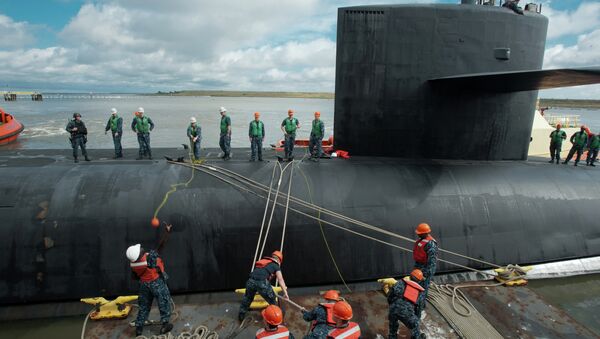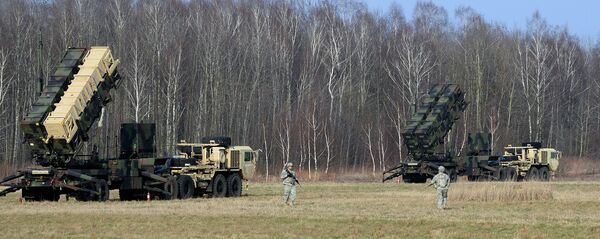The recently passed annual defense policy bill by the US House Armed Services Committee said that the nuclear ballistic missile submarines are ‘national assets’ that should not be paid for within the traditional shipbuilding budget.
Over the next ten to fifteen years, the Navy and Air Force will spend over $100 billion each to modernize all three units of the nuclear triad: ballistic missile submarines (SSBNs), nuclear-capable bombers, and land-based intercontinental ballistic missiles (ICBMs).
Last year, Congress established the National Sea-Based Deterrence Fund, which moves dollars from the Navy to a defense-wide account.
In the recent House version of the defense authorization bill, Congress is proposing to move $1.4 billion in Navy shipbuilding funds to the National Sea-Based Deterrence Fund.
The Navy has also publicly claimed that the cost of 12 new nuclear submarines at $7 billion each will disrupt funding for carriers, destroyers, and attack submarines.
Then there is also the Air Force, which has surely underestimated the cost of its new long-range strike bomber program. The cost of $550 million per aircraft seemed reasonable five years ago, but now the cost is expected to rise.
According to RAND study, which considers the average historical cost increase of major weapons programs—the bomber will be closer to $640 million per aircraft. With an estimated $20 billion in development costs based on a Congressional Research Service analysis, the total bomber program price tag begins to approach that of the Navy’s Ohio Replacement Program.
Congress’ move to give the Navy a concealed topline boost is both brilliant and risky. It is also an unavoidable result of a clearly under-resourced military.





